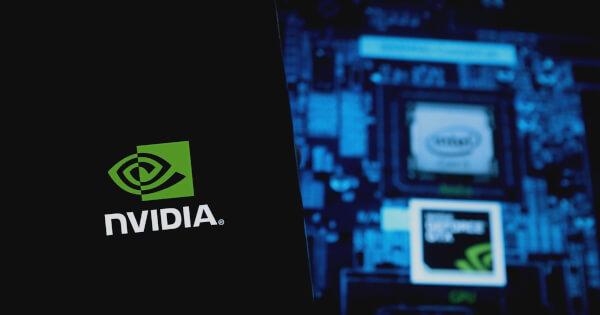NVIDIA Unveils Tools to Propel Quantum Error Correction Research
James Ding Mar 20, 2025 12:10
NVIDIA introduces a suite of advanced tools aimed at accelerating quantum error correction, enhancing the integration of classical and quantum computing resources.

In a significant stride for the quantum computing community, NVIDIA has announced a new collection of tools designed to enhance quantum error correction (QEC) research, as detailed in a recent blog post by Taylor Lee Patti. These tools aim to address the fundamental challenges of noise in quantum computing, which can lead to errors in even the simplest quantum algorithms.
Challenges in Quantum Error Correction
Quantum error correction is essential for maintaining the integrity of quantum computations by using numerous noisy qubits to encode logical qubits that are resistant to noise. This process involves identifying and correcting errors through repeated measurements and sophisticated decoding techniques. However, implementing efficient error correction protocols at scale remains a significant hurdle.
Decoding errors quickly and accurately is a primary challenge, as it requires a seamless integration of classical and quantum computing resources. NVIDIA's new tools are designed to streamline this process by providing a hardware architecture that tightly couples Quantum Processing Units (QPUs) and Graphical Processing Units (GPUs), leveraging a kernel-based programming model.
NVIDIA's Quantum Computing Innovations
At the GTC 25 conference, NVIDIA unveiled the DGX Quantum reference architecture, developed in collaboration with Quantum Machines. This architecture allows for ultra-low latency connections between GPUs and quantum hardware, facilitating tasks such as calibration, control, and decoding. The system integrates NVIDIA Grace Hopper superchips with Quantum Machines' OPX control system, enabling scalable connectivity.
NVIDIA also introduced CUDA-Q QEC v0.2, which includes tools for generating and accelerating the decoding of quantum low-density parity-check (qLDPC) codes. These codes are promising for their efficient encoding capabilities and tolerance to qubit noise, although they present challenges in terms of decoding complexity.
Advancements in Quantum Error Decoding
The CUDA-Q QEC v0.2 features an accelerated Belief Propagation and Order Statistics Decoding (BP+OSD) decoder, which significantly speeds up the decoding process. This advancement is crucial for evaluating the performance of new qLDPC codes and ensuring the practicality of QEC methods.
NVIDIA's noisy statevector and tensor network-based quantum circuit simulators, introduced in CUDA-Q version 0.10, further enhance the research capabilities by allowing large-scale simulation of quantum noise. These simulators enable the generation of vast amounts of realistic noise data efficiently, which can be used to train AI decoders and improve QEC protocols.
Future Implications
NVIDIA's tools not only facilitate the development of more robust QEC methods but also pave the way for practical quantum computing applications. By integrating AI supercomputing resources, researchers can accelerate their experiments and focus on achieving breakthroughs in quantum computing.
For more detailed information on NVIDIA's initiatives in quantum computing, visit the official NVIDIA blog.
Image source: Shutterstock.jpg)